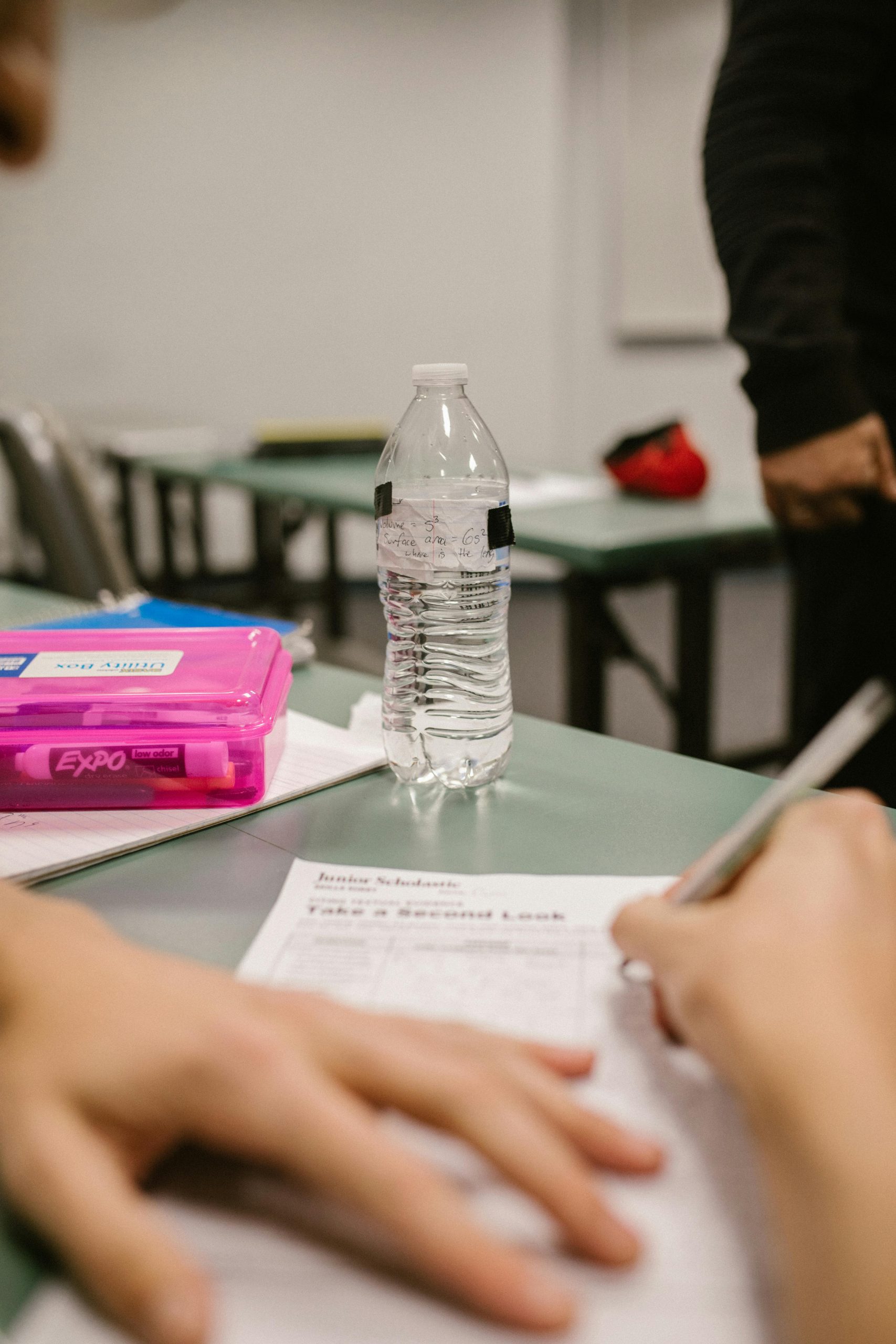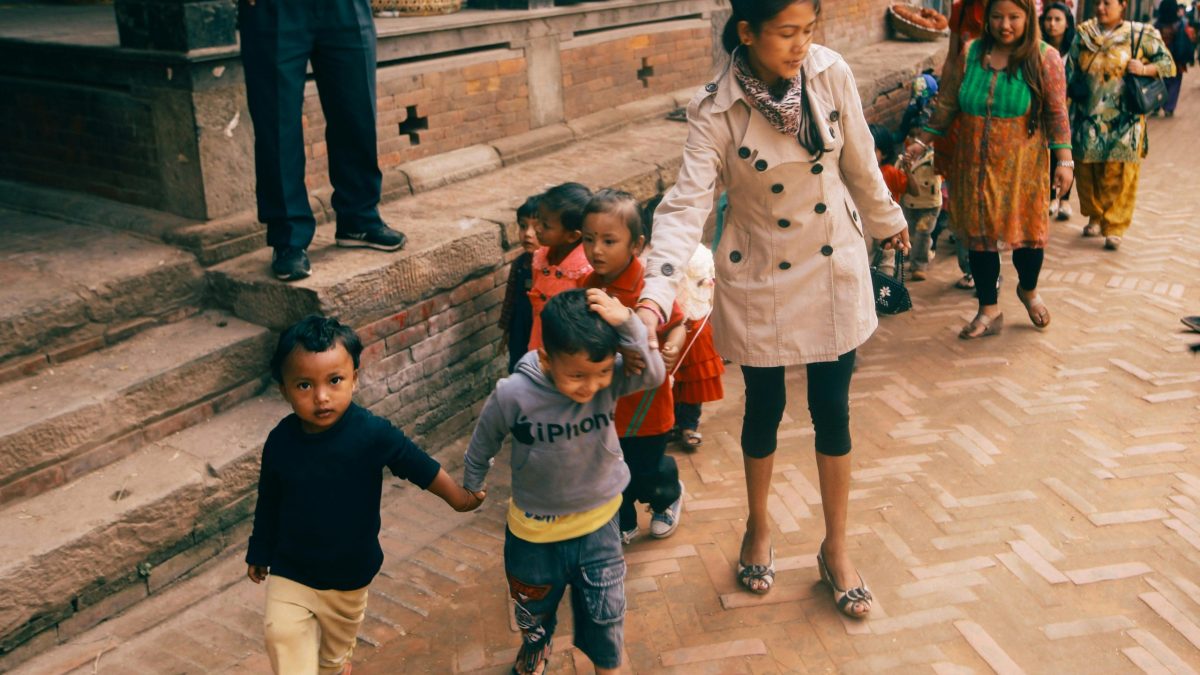Understanding Cliques and Exclusion in School

Definition and Characteristics of Cliques
- Cliques are tight-knit groups, generally formed during school years, distinguished by their selective membership and the exclusion of anyone not deemed to match their criteria.
- These groupings can be based on interests, social standing, or even physical appearance.
- The exclusivity of cliques creates a clear gap within the school social hierarchy, making them a conspicuous aspect of the school social landscape.
Psychological Impact of Being Excluded
- Exclusion from these communities doesn’t just hurt in the moment; it causes profound, lasting psychological effects.
- Children and teenagers, in their formative years, are especially vulnerable. They may experience lowered self-esteem, greater feelings of loneliness, and in certain situations, it can lead to despair or anxiety.
- The sensation of not belonging might overwhelm their school experience, harming academic achievement and personal growth.
The Role of Social Media in Exacerbating Feelings of Exclusion
- In today’s digital age, social media platforms can intensify sentiments of exclusion.
- When cliques flaunt their activities online, it acts as a continual reminder to those excluded of what they are losing out on.
- This digital component adds a pervasive layer to exclusion, making it tougher for young people to escape the social dynamics of school, even in their own homes.
How to Deal with Cliques and Exclusion in School

The Root Causes of Cliques and Exclusion
- Social hierarchies have a vital role in structuring student interactions. These unseen ladders determine who gets included and who gets left out.
- Cultural, economic, and personal considerations further complicate these dynamics. A student’s upbringing, interests, and even their financial situation can define their social standing.
- Schools, maybe unknowingly, can aggravate these gaps. Uniform policies, extracurricular activities, and even seating placements can reinforce existing social structures, making it easier for cliques to form and grow.
Recognizing the Signs of Exclusion
- Identifying when a child is being excluded can be tough. Behavioral changes are generally the first indicators.
- A once extroverted child becoming distant or a once enthusiastic pupil displaying indifference in school activities can signify exclusion.
- Academic performance is intimately connected to a child’s sense of belonging. A sudden reduction in grades or reluctance to participate in class discussions can reflect feelings of isolation.
The cornerstone of overcoming exclusion lays in open communication. It’s vital for parents, teachers, and children to engage in honest talks about their experiences and feelings. Schools should establish an environment where students feel secure to raise concerns about social dynamics without fear of reprisal. Encouraging this kind of transparency can be tough, yet it’s crucial for creating an inclusive school culture.
Role of Parents and Guardians in Addressing Exclusion

Recognising the indications of isolation is the first step towards intervention. A child’s sudden disinterest in social activities or a conspicuous departure from family interactions can be instructive. These changes, minor as they may seem, are key markers that a kid might be struggling with feelings of isolation at school.
- Encouraging involvement in varied social activities is crucial. It opens doors to new friendships and experiences, eliminating the cycle of exclusion. By fostering involvement in a multitude of clubs, sports, and community events, parents may help their children find their niche and establish a supportive social network.
- Fostering open communication about school life and feelings is vital. Regular, sincere chats about their day, the challenges they confront, and their emotions can make a lot of difference. It’s about creating a safe atmosphere where children feel comfortable discussing their fears and successes.
- Collaborating with teachers and school administrators plays a key role. It’s a partnership geared at ensuring every child feels included and respected. By working together, parents and educators may identify measures to prevent exclusion, promote inclusivity, and monitor the social dynamics within the school.
Together, these measures offer a comprehensive strategy to address exclusion. They underline the significance of vigilance, communication, and proactive involvement in our children’s social lives. By following these steps, we can help promote a more inclusive, supportive school climate where every student has the opportunity to thrive.
Creating an Inclusive School Environment

To address the harmful repercussions of cliques and exclusion, schools must deliberately cultivate an inclusive environment. This incorporates numerous critical tactics that work together to promote diversity, understanding, and mutual respect among students.
- Implementing programs that highlight diversity and inclusion is vital. These programs might range from multicultural festivals to guest speaker series, all aiming to enhance students’ viewpoints and appreciation for diverse cultures and backgrounds. Such initiatives not only educate but also showcase the value of diversity within the school community.
- Teacher training is another crucial component. Educators should be educated with the abilities to recognize indicators of exclusion and act successfully. This training can include workshops on cultural competency, anti-bullying measures, and techniques for creating inclusive classroom conversations. By empowering teachers, schools can ensure that all children feel seen and supported.
- Creating venues and opportunity for students to engage across diverse groups is vital. This can be achieved through mixed-group projects, school clubs that cater to a wide range of interests, and social events meant to encourage mingling. Such initiatives help break down the barriers between cliques, producing a more unified school environment.
- Establishing policies and procedures that inhibit the creation of exclusive cliques includes modifying dress codes to eliminate socioeconomic-based divisions, providing fair access to extracurricular activities, and implementing a zero-tolerance stance towards bullying and exclusion. By defining these norms, schools convey a clear message that inclusivity is not merely welcomed but expected.
Together, these ideas form a robust framework for developing an inclusive educational environment. By embracing diversity, training educators, enabling cross-group interaction, and implementing inclusive policies, schools may drastically reduce the occurrence of cliques and exclusion, ensuring every kid has the opportunity to thrive.
Moving Forward: Building a Culture of Acceptance and Respect

At the heart of combating exclusion is empathy and understanding. Recognising the sentiments and opinions of others can overcome gaps, building a school atmosphere where every student feels appreciated. This method not only improves the classroom atmosphere but also prepares pupils for a diverse world.
- Success stories exist, with schools around the nation making efforts in fighting cliques. For instance, several institutions have developed peer mentoring programs, where older students guide younger ones, breaking down social boundaries. Others have celebrated ‘Inclusion Weeks’, stressing the value of diversity and acceptance through activities and debates. These initiatives not only challenge the clique culture but also showcase the strength found in unity.
- Encouraging student-led initiatives is vital. When students take the initiative, they bring creative ideas and real enthusiasm to the table. Clubs that focus on social justice, environmental advocacy, or just bringing together students with shared interests can act as catalysts for change. These clubs give safe venues for kids to express themselves and find camaraderie, decreasing the allure of restrictive cliques.
- Maintaining a good and inclusive environment is a constant effort. It demands ongoing awareness and a dedication to cultivating an atmosphere of respect and kindness. Regular surveys, open forums, and feedback sessions can help schools keep alert to the social dynamics within their walls, ensuring that inclusivity stays at the forefront of their goal.
Together, these tactics constitute a holistic approach to fostering a culture of inclusion and respect. By prioritising empathy, celebrating success stories, empowering student-led initiatives, and committing to ongoing efforts, schools can create an environment where every student feels included, respected, and appreciated.
In Conclusion
Empathy defeats exclusion, generating unity and respect. This truth emphasizes the transition from divide to inclusion. Through knowledge, open communication, and proactive tactics, schools and families can shift the social landscape, ensuring every student feels valued. Celebrating diversity, encouraging student-led initiatives, and keeping vigilance against discrimination are essential steps toward a more inclusive future. Let’s commit to developing a culture where every child flourishes, supported by acceptance and respect.
How to Deal with Cliques and Exclusion in School FAQs
Attempting to conform to the standards of a clique can sometimes lead you to compromise your values and interests. It’s important to stay true to yourself and seek friendships that allow you to express your true identity. Remember, genuine friends will appreciate you for who you are, not who you pretend to be.
Offer your friendship and support by including them in your activities and making an effort to get to know them. Your kindness can make a significant difference in how they feel about themselves and their school experience. This act of inclusion can also encourage others to be more welcoming.
Approach them when they are alone and start a conversation about a mutual interest or a class you share. This makes the interaction more personal and less intimidating. Remember, genuine friendships are built on common interests and mutual respect, not on the desire to be part of a specific group.
Schools can promote inclusivity by implementing programs that encourage students to work together across different social groups. Activities like team-building exercises, group projects, and school-wide social events can help break down barriers between cliques. Educators should also be trained to recognize and address exclusionary behavior among students.
Having a diverse group of friends exposes you to different perspectives and experiences, enriching your life and personal growth. While being part of a clique can offer a sense of belonging, it can also limit your social interactions and personal development. Embracing diversity in friendships can lead to a more fulfilling social life.
Being excluded can lead to feelings of loneliness, decreased self-esteem, and sometimes even depression. It’s important to recognize these feelings and address them by seeking support from trusted adults, friends outside the clique, or professional counselors. Engaging in activities you enjoy can also help improve your mood and self-worth.
Try to engage in activities or clubs where you can meet new people who share your interests. This can help you build a new circle of friends who appreciate you for who you are. It’s also a good opportunity to develop new skills and hobbies that boost your self-confidence.
Communicate your feelings to your friend in a calm and honest manner, expressing how their actions make you feel. It’s possible they’re unaware of the impact of their behavior. If the situation doesn’t improve, it may be necessary to broaden your social circle and find friends who value your company.
Parents can encourage their child to engage in activities that align with their interests, helping them to make connections with like-minded peers. They should also offer a listening ear and provide guidance on navigating social dynamics, reinforcing the importance of self-worth and the value of diverse friendships. Additionally, parents can work with schools to ensure there are policies and programs in place to promote inclusivity and address exclusion.
Cliques often form as a way for individuals to feel more secure and accepted within a smaller group. These groups provide a sense of identity and belonging, but they can also unintentionally exclude others. Understanding this can help you not take their exclusivity personally.

Jasmine Duque-Love is a mother of one and a practicing physiotherapist with a Phd in Physiotherapy

